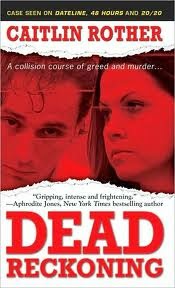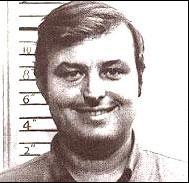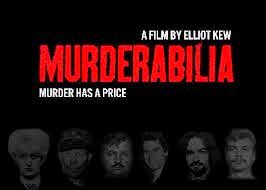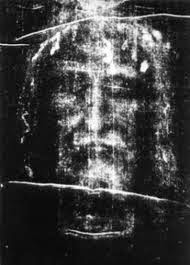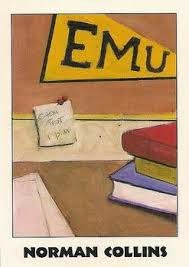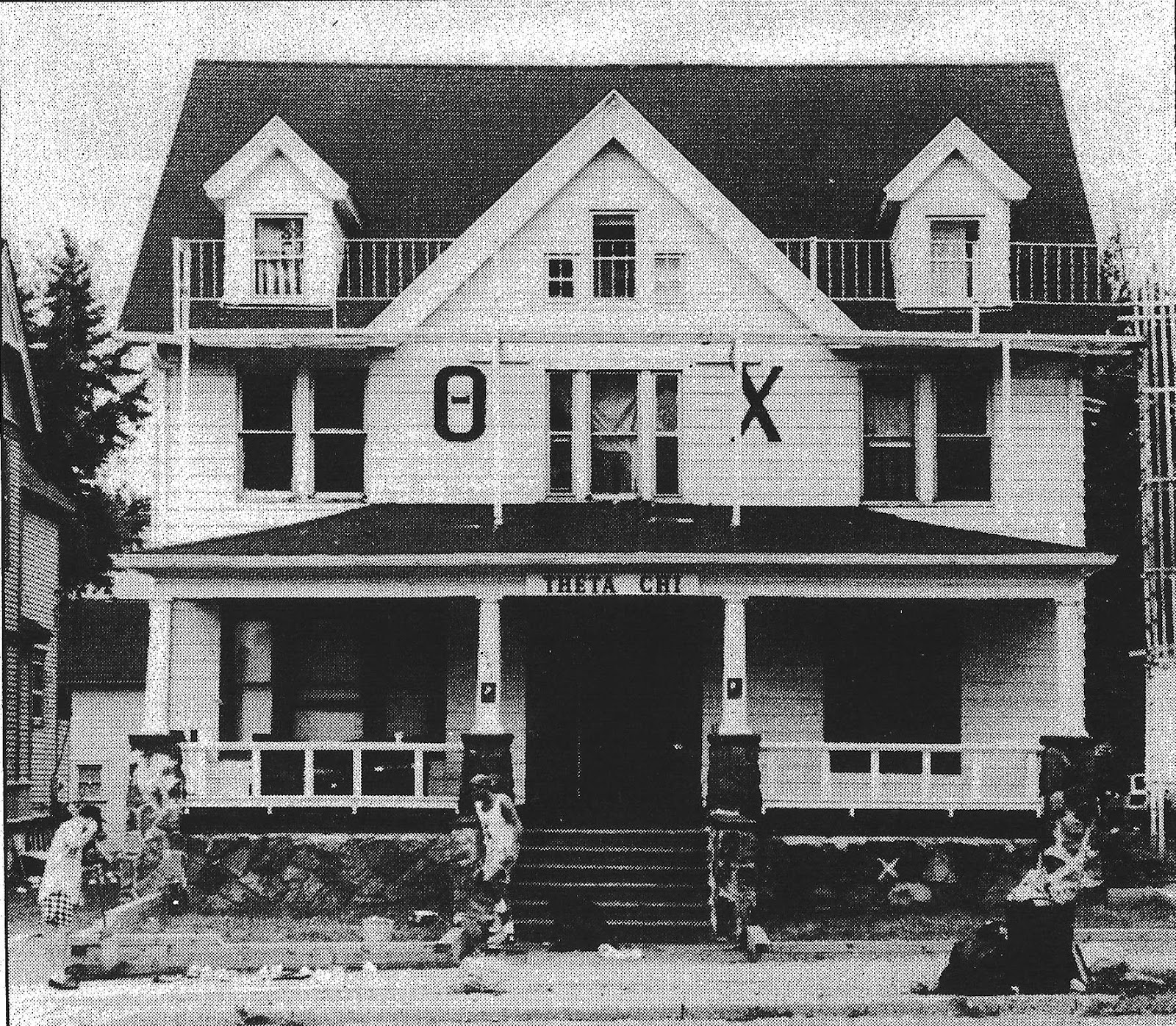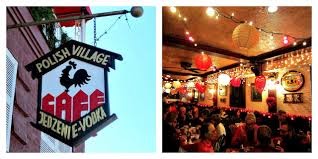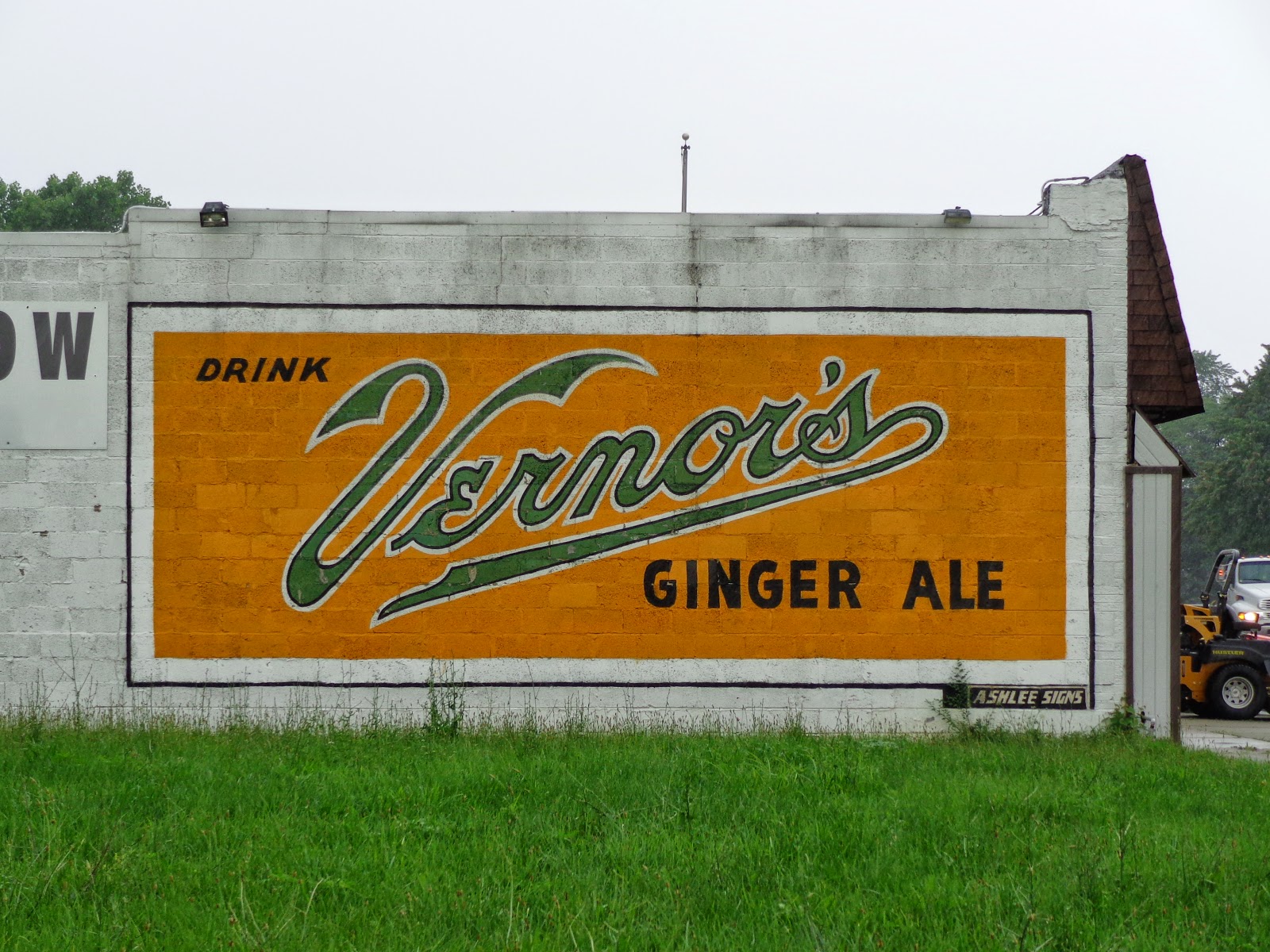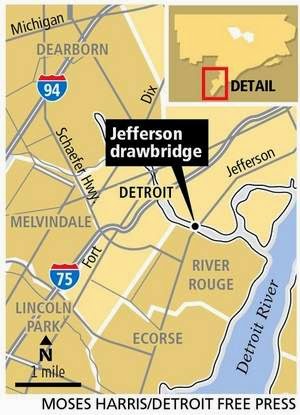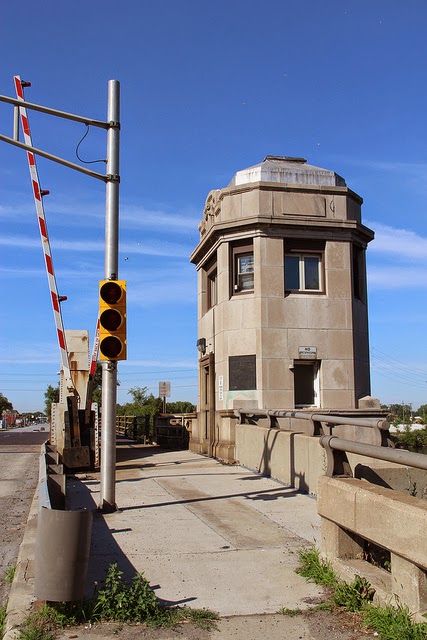As history records--on July 24, 1701--Antoine de la Mothe Cadillac and his troop of 105 soldiers and settlers arrived in what became known as Detroit. It took the expedition's 25 canoes 55 days to paddle upstream from Montreal to a clearing on the western bank of the strait that gives Detroit its name. This site was chosen because Cadillac felt it was defensible and had plenty of wild game to help sustain them.
Two days later, the first mass was said in Detroit--on the feast day of Saint Anne's--and the foundations for a small chapel were laid. Catholicism had come to the wilderness. It was the first building constructed in Fort Pontchartrain du Detroit and named after the patron saint of France.
Saint Anne was the grandmother of Jesus Christ and the mother of the Virgin Mary in biblical heredity. Though long considered the patron saint of Detroit, Ste. Anne was installed officially as the patron saint of the Archdiocese of Detroit in a September 2009 decree issued by Pope Benedict XVI.
Two days later, the first mass was said in Detroit--on the feast day of Saint Anne's--and the foundations for a small chapel were laid. Catholicism had come to the wilderness. It was the first building constructed in Fort Pontchartrain du Detroit and named after the patron saint of France.
Saint Anne was the grandmother of Jesus Christ and the mother of the Virgin Mary in biblical heredity. Though long considered the patron saint of Detroit, Ste. Anne was installed officially as the patron saint of the Archdiocese of Detroit in a September 2009 decree issued by Pope Benedict XVI.
 |
| Saint Anne Conceiving the Virgin Mary by Flemish Painter Jean Bellegambe |
Over the years, there have been as many as eight different church buildings--though archaeologists and historians can't agree on an exact number. The original Ste. Anne's was made of logs and planks and was burned down by Native Americans in 1703--including the chapel, the rectory, part of the fort, and the parish's baptismal records. The church was rebuilt in 1704.
Ste. Anne's has succumbed to flames on two other occasions during its 314 years of existence. A larger church was built in 1708 outside the palisade of Fort Pontchartrain. The settlers burned it down themselves in 1714 during a Native American uprising. They feared that it would offer cover to the Indians, so they sacrificed it.
And in 1805, most of Detroit was destroyed by an accidental fire--all but one of 300 buildings were burned to the ground--including Ste. Anne's. A new church building was begun in 1818 and completed in 1828.
Locally revered, Father Gabriel Richard arrived at Ste. Anne's in 1796. He was not only a theologian but also a politician. He was a co-founder of Catholepistemaid du Michigania--which evolved into the University of Michigan--and as territorial representative to the United States Congress from the Michigan Territory, he helped establish a road-building project that connected Detroit with Chicago--now known as Michigan Avenue.
In 1832, after caring tirelessly for Detroit's cholera victims, Father Richard succumbed to the disease on September 13th. Legend notes that he was the last person to die from the outbreak. His body is interred under the altar of Ste. Anne's side chapel
The current Gothic Revival Cathedral--designed by architects Leon Conquard and Alert E. French in 1886--has flying buttresses, four gargoyles, and the oldest stained glass in the city of Detroit. They all reflect European French influence. Ste. Anne's Cathedral was listed on the National Register of Historic Places in 1976.
More interesting background information on Saint Anne:
http://www.saintanne.webhero.com/st-anne-patron-saint-of-housewives.htm
Ste. Anne's has succumbed to flames on two other occasions during its 314 years of existence. A larger church was built in 1708 outside the palisade of Fort Pontchartrain. The settlers burned it down themselves in 1714 during a Native American uprising. They feared that it would offer cover to the Indians, so they sacrificed it.
And in 1805, most of Detroit was destroyed by an accidental fire--all but one of 300 buildings were burned to the ground--including Ste. Anne's. A new church building was begun in 1818 and completed in 1828.
Locally revered, Father Gabriel Richard arrived at Ste. Anne's in 1796. He was not only a theologian but also a politician. He was a co-founder of Catholepistemaid du Michigania--which evolved into the University of Michigan--and as territorial representative to the United States Congress from the Michigan Territory, he helped establish a road-building project that connected Detroit with Chicago--now known as Michigan Avenue.
In 1832, after caring tirelessly for Detroit's cholera victims, Father Richard succumbed to the disease on September 13th. Legend notes that he was the last person to die from the outbreak. His body is interred under the altar of Ste. Anne's side chapel
The current Gothic Revival Cathedral--designed by architects Leon Conquard and Alert E. French in 1886--has flying buttresses, four gargoyles, and the oldest stained glass in the city of Detroit. They all reflect European French influence. Ste. Anne's Cathedral was listed on the National Register of Historic Places in 1976.
More interesting background information on Saint Anne:
http://www.saintanne.webhero.com/st-anne-patron-saint-of-housewives.htm


